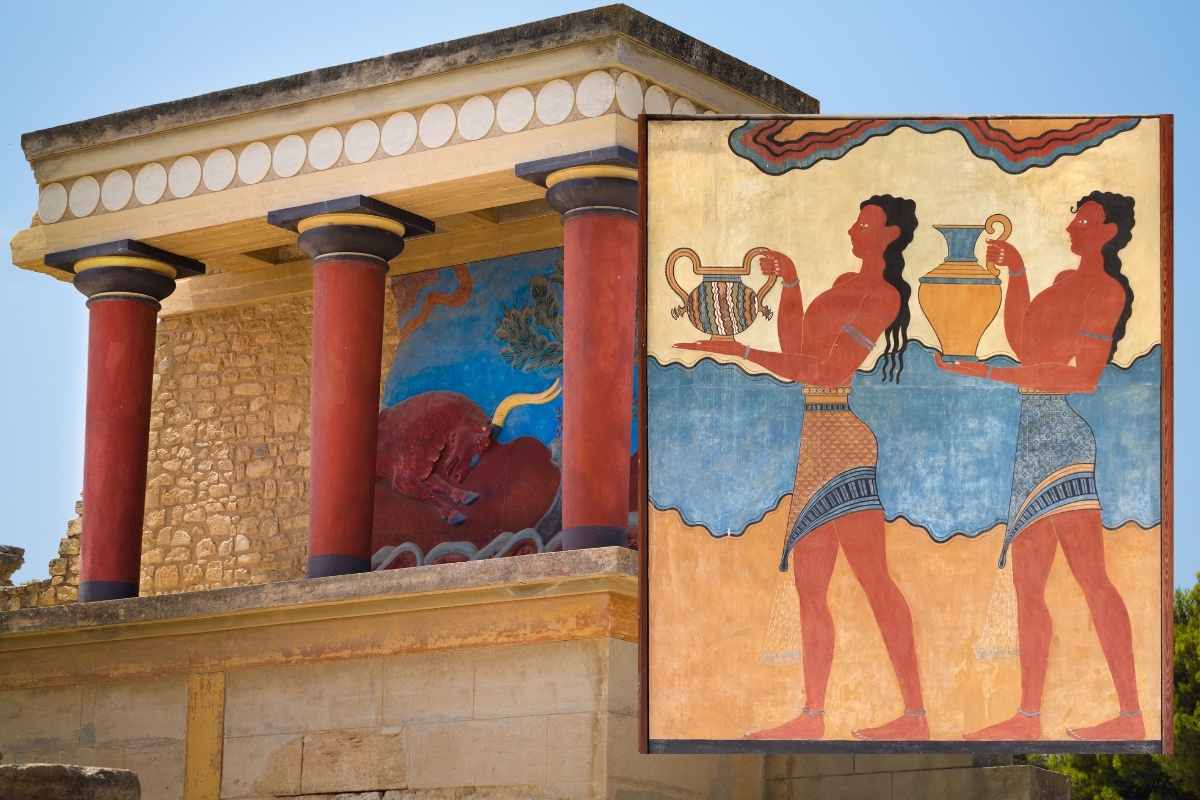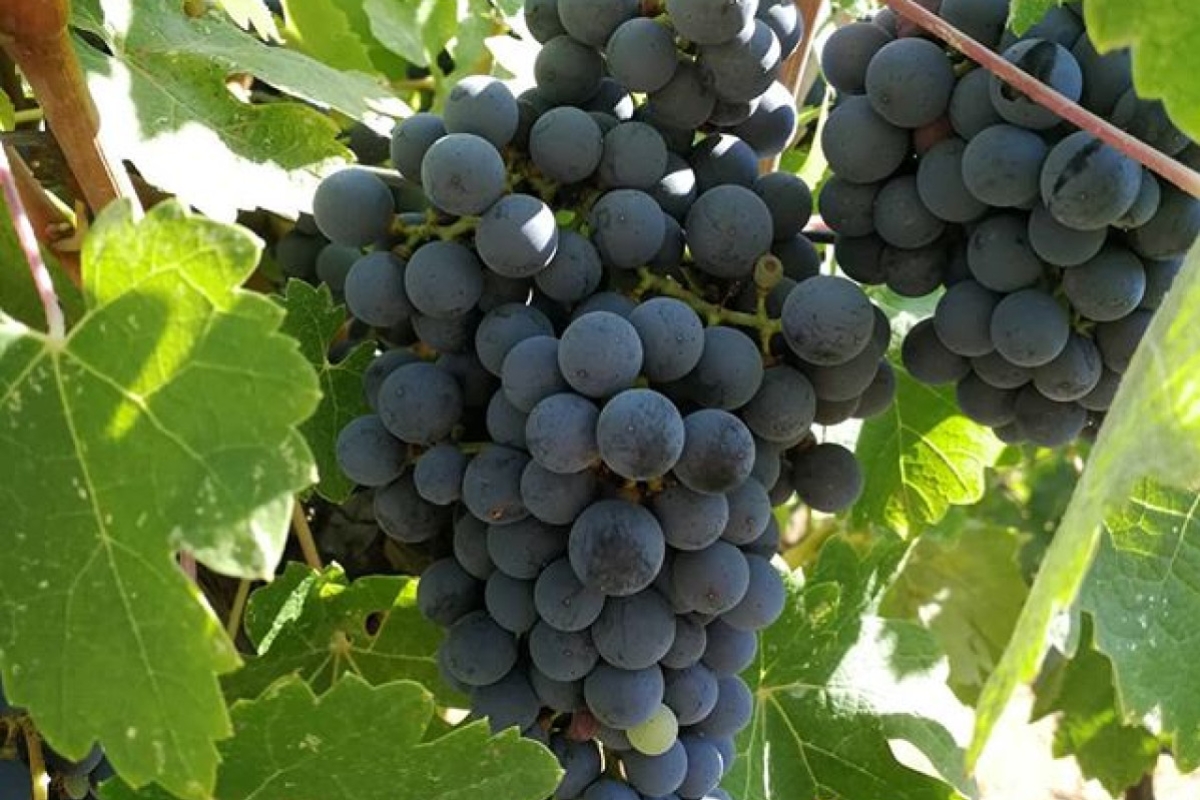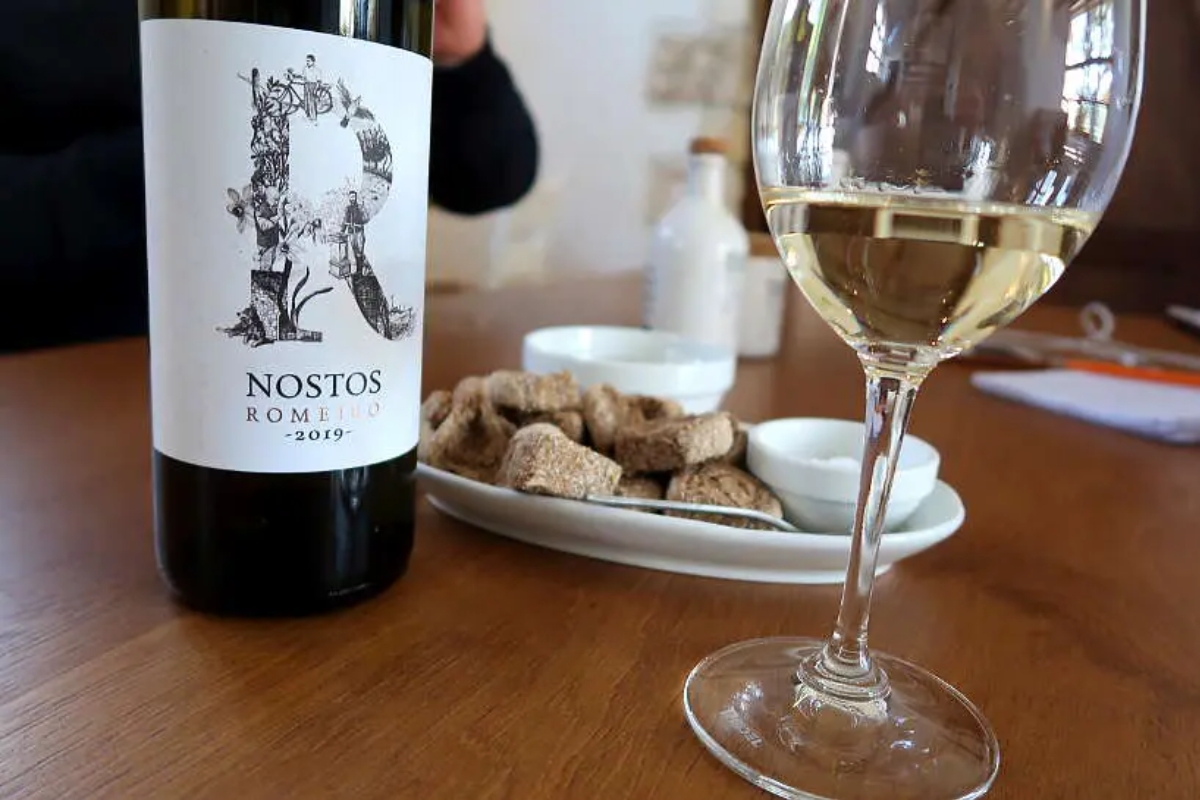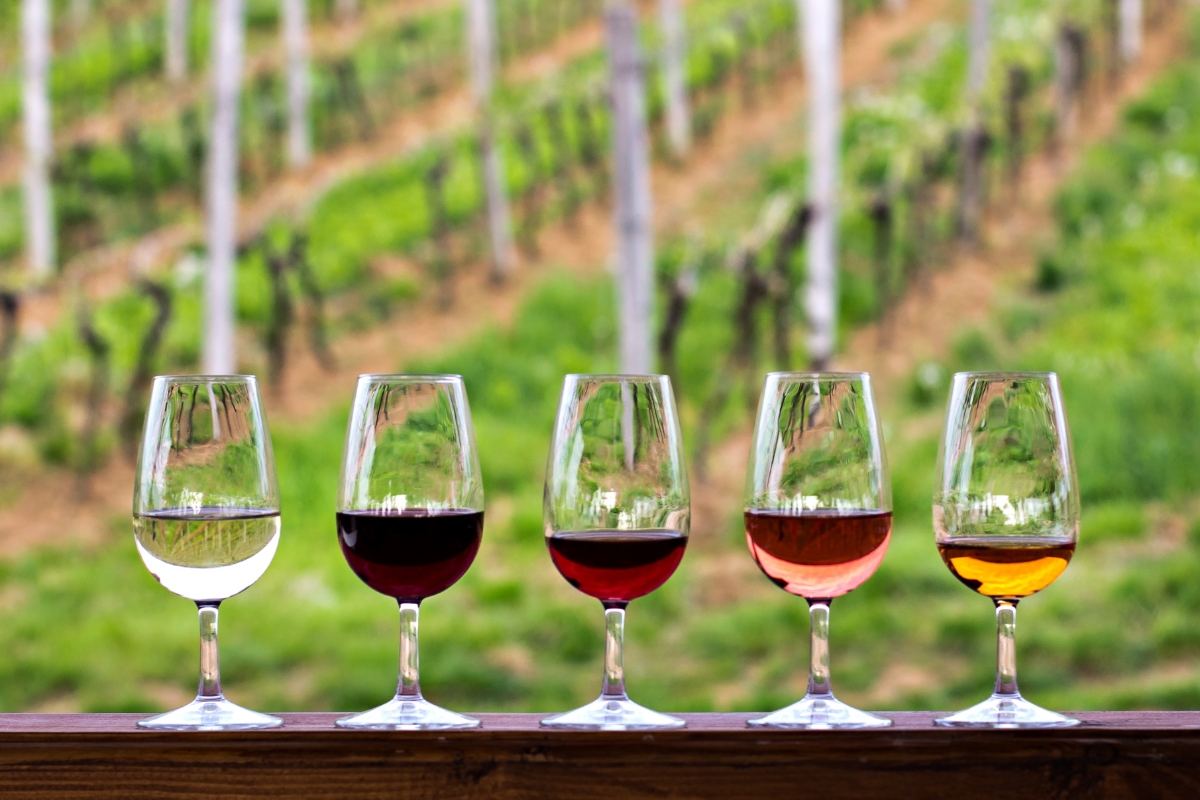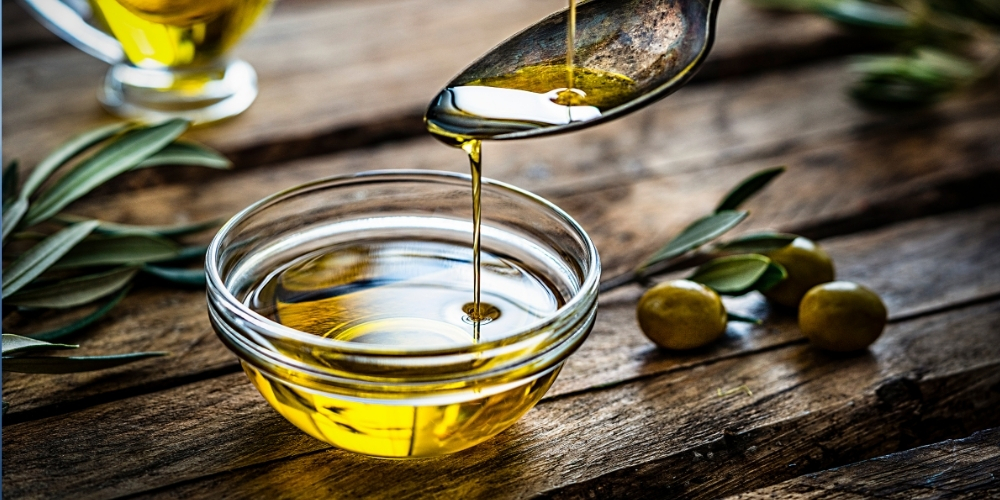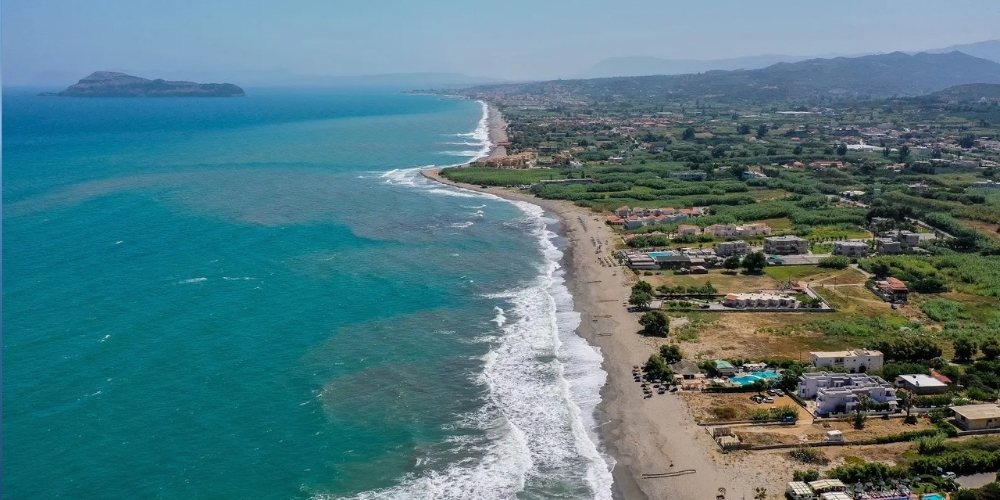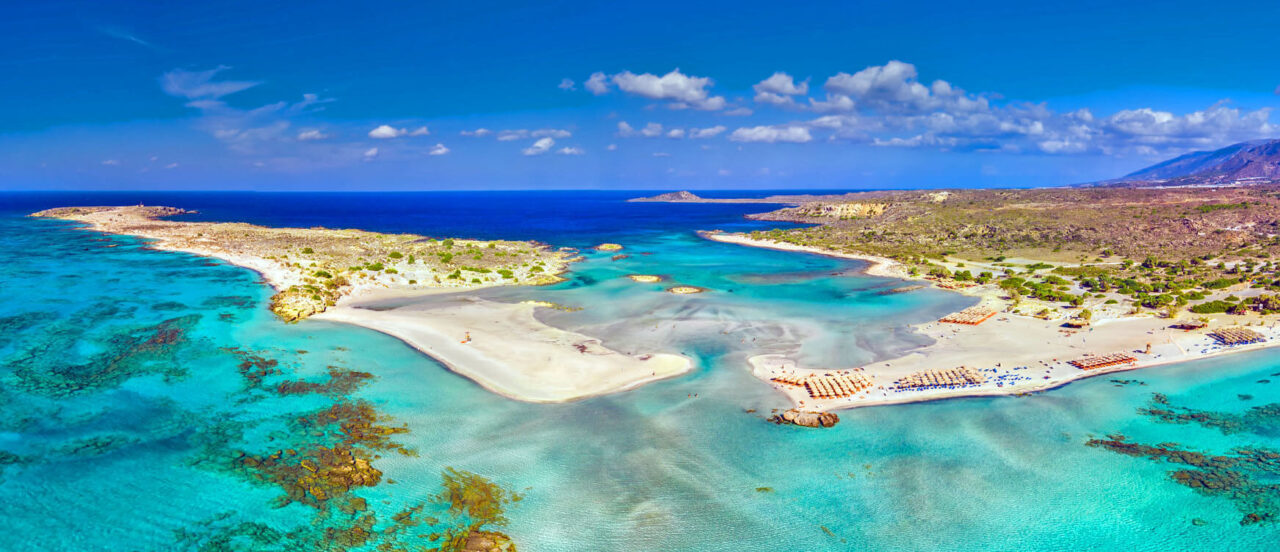ROMEIKO, ROMEIKO – WHEREFORE ART THOU ROMEIKO?
ROMEIKO, ROMIEKO – WHEREFORE ART THOU ROMEIKO?
So Shakespeare is in the bar at the Globe Tavern enjoying a flagon of fine Cretan wine – and it’s delicious. Lifting his glass and draining the dregs he calls to the landlord to bring another, only to find he has disposed of the last bottle in the pub. Mournfully, in the candlelight, he lifts the bottle in front of him and decries the immortal words in the headline above. Then his demeanour changes – what a great idea for a play about star-crossed lovers he thinks. The next morning he sets about writing it but, being a bit dyslexic, and a little hungover, he gets the spelling a bit skew whiff. Anyway, enough said, the rest is history (and literature).
–
OK, OK, so perhaps it didn’t happen that way. But the Romeiko grape has been around in Western Crete, our end of this beautiful island, for centuries and then some. Serious viticulture is recorded at least as far back as Minoan times – to date archaeologists have unearthed 41 Minoan wine presses in various parts of Crete. That takes wine back to the bronze age in 3,000 BCE. Certainly a lot of wine has flowed since then, and legend has it that when Dionysus, son of Zeus and later to become God of wine-making and the odd Olympian bar crawl, married King Minos’ beautiful daughter Ariadne, Zeus gifted Minos vineyards.
–
IN VINO VERITAS
Excuse the linguistic double-shuffle into Latin but the truth is Crete was one of the cradles of civilisation and as we all know ‘the hand that rocks the cradle rules the world’. No surprises then that Cretan wine had such a civilising influence on cultures for thousands of miles around. Wine was a valuable commodity, and Crete was a massive exporter.
–
Crete also exported the skills of wine making far and wide which meant its influence gradually diminished. Today it has around 60 wineries, but many of these started, or were grubbed-up and replanted, when Greece joined the EC in 1981. That led to new varietals being introduced and vines and wines such as Syrah (Shiraz), Cabernet Sauvignon, Grenache and Merlot became common across the island. This led to Cretan winemakers making more European style blended wines – some with huge success. But the Romeiko grape went out of fashion in most places except the areas around Chania.
–
STAR-CROSSED TASTE-BUDS
To be honest even 10 years ago Romeiko wines were a bit of an acquired taste. People viewed them rather like Marmite – you either loved them or hated them. Many of the Romeiko wines were distinctly rustic and sherry like. Some were decidedly dodgy and left a rather bad taste in the mouth. Connoisseurs and tourists alike generally steered well clear.
–
However a new generation of adventurous young Cretan winemakers have taken on the challenge of dialling-up Romeiko’s reputation. Firstly by blending Romeiko with other red grape varietals to produce vintages of intricate and complex character where the end result is very much a ‘star-crossed’ wine that both surprises and delights.
–
IT WILL BE ALL WHITE ON THE NIGHT
Perhaps most surprising of all is a new trend to make a ‘blanc de noir’ Romeiko. Essentially this is a white wine made from red grapes, although Romeiko is the last grape to ripen on Crete and even then the skins of individual grapes range from dark black, through ruby, to white in colour. Finally these entrepreneurial oenophiles (and there is no better word, derived from the Greek, to describe a wine lover) are creating new ways to work with Crete’s only remaining native vine varietal that pairs particularly well with Cretan cuisine.
–
MISTRAL’S HOUSE WINE
We don’t serve Romeiko at dinner at the Mistral. Rather we serve local red, white and rose from a vineyard we really rate a few miles to the west of the hotel. But it’s this vineyard we visit with guests for our weekly wine tasting. You’ll find both straight Romeiko and Romeiko blends there, and you really should give them a try. We’d be interested in your feedback.
–
If you want to buy and try Cretan wines in the UK we recommend you look at www.maltbyandgreek.com



